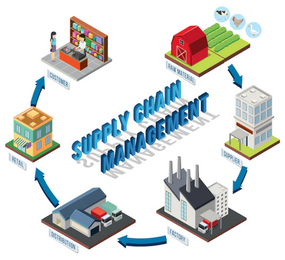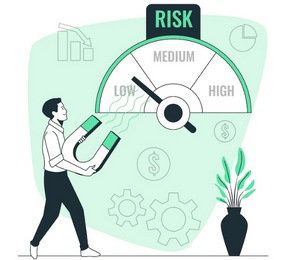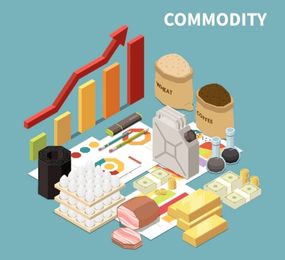As part of a resilience strategy, complex supply chains require sophisticated, connected technologies to monitor risks, anticipate disruptions, and support quick recovery. As a result, more advanced analytics and visualisation tools are being used.
The best way to describe supply chain predictive analytics is as the capacity to foresee future supply chain operations using data. The main driver of predictive analytics' increasing usage, is the need to reduce the risks and frauds that happen every day.
A company's ability to deliver its products or services to the final consumer is made possible by the supply chain, which is full of moving parts, roles and risks. Suppliers, manufacturers, and retailers will all come into contact with the product, as will the businesses in charge of supplying the manufacturer with essential parts. With so many connections, a single disturbance can immediately cause ripple effects to travel across the supply chain. A business has more time to take action to reduce or eliminate a risk the earlier it can identify it. This is because threats to its ability to deliver as promised may be seen more clearly and sooner.
In terms of supply chains, vulnerability refers to a gap in a company's internal capabilities or supply chain maturity that raises the possibility or severity of a risk occurrence. For instance, businesses that lack adaptable distribution methods and modes of transportation are more severely affected when a maritime infrastructure fails. Companies can lessen their exposure to a seaport infrastructure collapse by investing in capabilities that allow for early identification and speedy recovery, even though they might not be able to prevent such a catastrophe. It is not difficult to imagine that the company that recovers the fastest may be able to gain market share, while unprepared competitors remain bogged down in operational challenges. Therefore, building resilience by addressing the root vulnerability could end up being a competitive differentiator in the event of a seaport shutdown.
With the amount of data available growing, many businesses are investing in advanced analytics without knowing exactly how they will be able to gain knowledge that will help them make better decisions. Although supply chain resilience is widely recognized as a good strategy for lowering a supply chain's susceptibility to risk events, businesses sometimes fail to execute or fully realise the potential of the resources at their disposal.
Measurable results are difficult to obtain because of the inherent complexity of multi tier supply chains. Resilience does not, however, have to be an academic concept. To improve the four essential "resilience pillars," businesses should strategically prioritise and apply analytics and visualisation technologies.
Find out more on “From Risk to Resilience: Using Analytics Reduce Supply Chain Vulnerability” on 30th - 31st may, 2023 at the Supply Chain Risk and Resilience Forum, in Berlin, Germany so you don't feel left out in the industry!
To register or learn more about the Forum please check here: https://bit.ly/3DsfWE4
For more information and group participation, contact us: [email protected]
















